BMW’s direct water injection technology made its debut on the BMW M4 MotoGP Safety Car, but it looks like its usage won’t be limited to high performance M cars. It’s also been applied to this prototype three-cylinder BMW 1 Series, which the company showcased at an Innovation Days technology showcase event in France earlier this month.
Basically water is used to reduce intake temperatures by up to 25 degrees Celcius. The cooling effect reduces the need to inject additional fuel for cooling when operating at near full throttle. This improves fuel efficiency by up to 8%.
Other benefits include lower emissions thanks to the reduced combustion temperatures, reduced knock, the ability to increase compression ratio – the three-cylinder engine’s compression ratio could be increased from 9.5:1 to 11.0:1 in the prototype, the ability to have an earlier ignition point and higher boost pressure, better power output on RON95 fuel, and lower thermal load on pistons, valves, cat and turbo.
The new demonstration has some technical changes – it’s not merely the same system from the M car slapped onto an engine half the M car’s size. In this latest prototype, most of the water is injected directly into the combustion chamber rather than into the intake manifold.
While the M car’s water injection system draws water from a five-litre tank in the boot which had to be topped up, the 1 Series prototype has a closed system where the water is topped up from condensation water produced by the air conditioning system. Every time the engine is switched off, all the water in the hose system is drained into the tank.
This guards against system components icing up in sub- zero temperatures and prevents engine corrosion. The water tank itself is also located in a frost-protected position in the vehicle.
Looking to sell your car? Sell it with Carro.


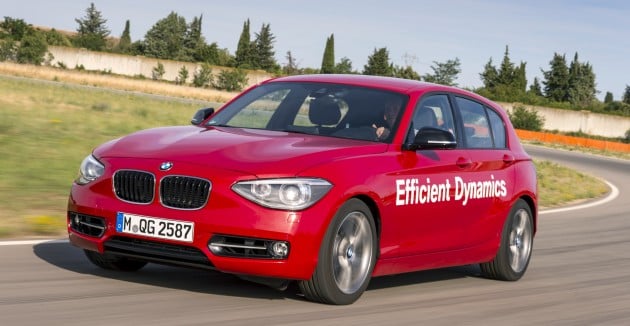
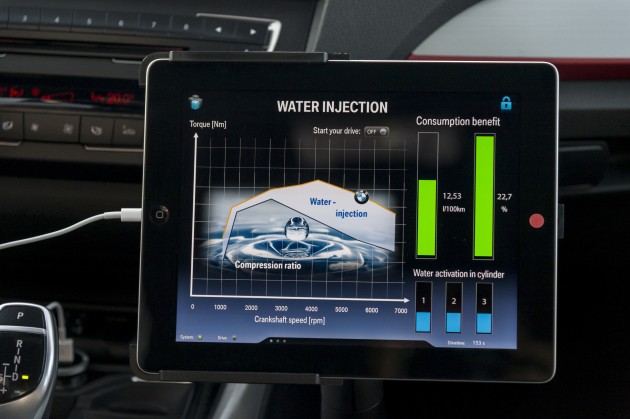







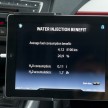






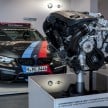
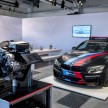
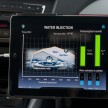
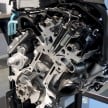
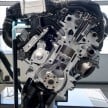
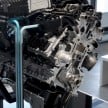
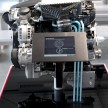

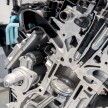
































Interesting.
They need to overcome a lot of technical challenges. We’ll see where this tech takes them.
Why? Water injection is nothing new.
Racers have been using it for ages and WW2 Fighter planes have had them.
Evan SAAB was one of the first if not the first to use water injection in their Turbo 99.
We even run water/methanol/alcohol mix for our home built and tuned street/drag cars.
Water injection technology on turbocharged engines has already been used since 1980s, albeit on turbocharged rally cars & F1 racing cars..
Yup, not new tech.
In WW2, water injection was used in fighter planes, by most manufacturers to get better performance.
Whats surprising is it took 70 years before cars have it.
i dun mind feeling up d water tank to save money on gas…
I installed water injection via intake manifold on an 89 Chev small block using a Mayo jar, fish tank aerator stone, and plastic hoses. worked great to eliminate knock when hauling a 6500 lb. boat with the Suburban on 87 octane regular crappy fuel.
I’m happy because one manufacturer is actually trying out tech like these to make cars more powerful yet efficient.
Now that’s called R&D.